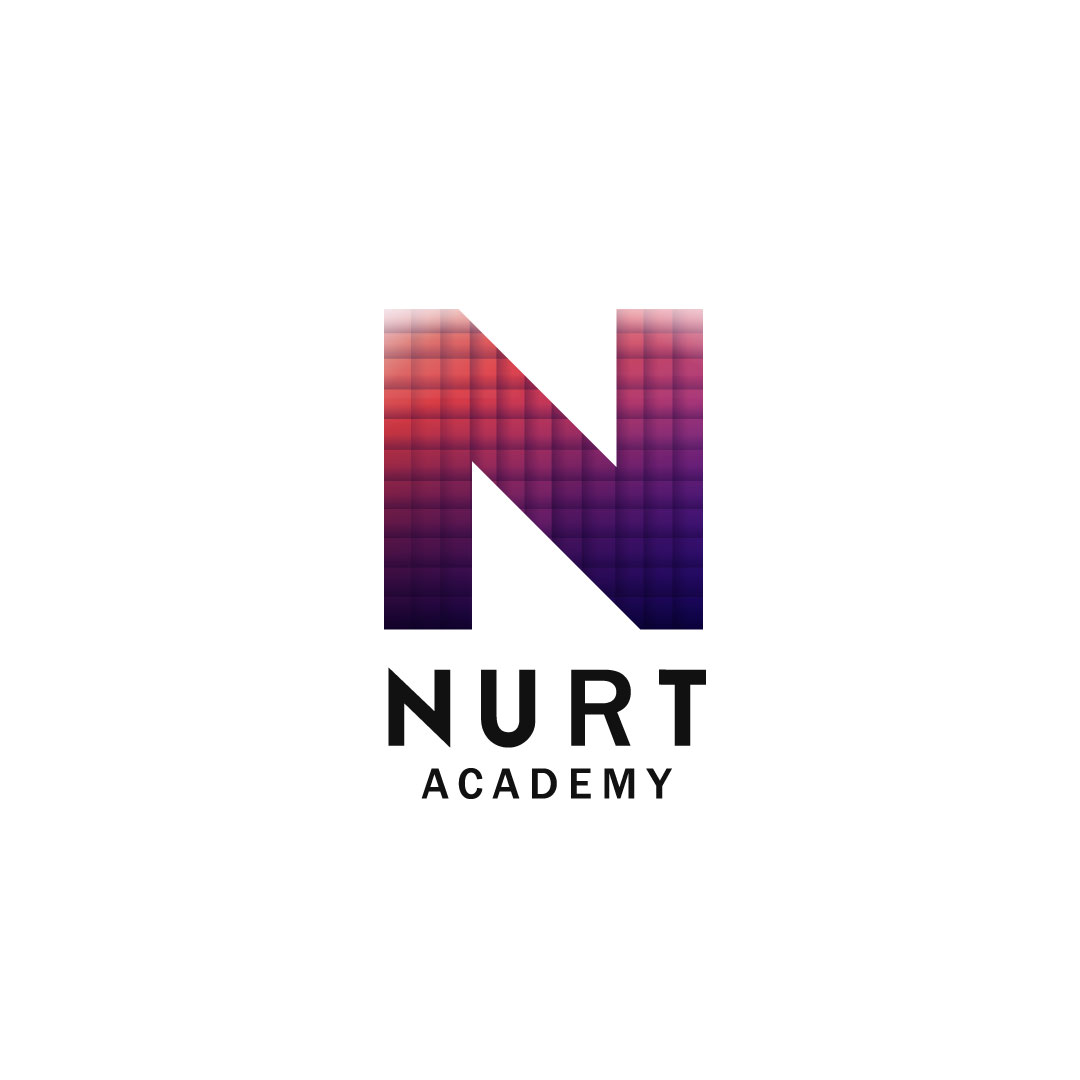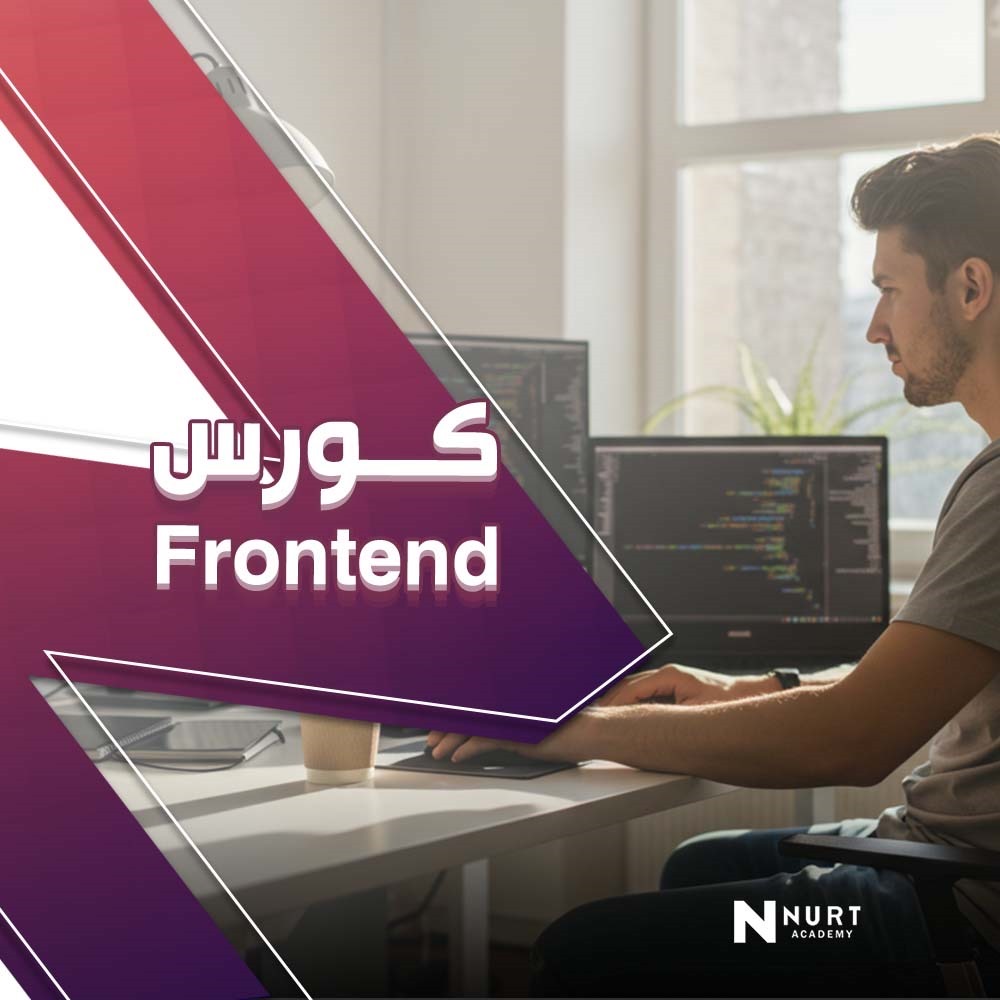FrontEnd Diploma
Front End Diploma—a specialized program designed to equip aspiring developers with the skills needed to create modern, interactive, and high-performance web applications. This diploma provides a strong foundation in front end development while allowing students to specialize in one of the leading JavaScript frameworks: React, Vue.js, or Angular.
Description
Introduction
The Front End Diploma is a comprehensive, hands-on training program designed to equip aspiring developers with the skills needed to create modern, interactive, and high-performance web applications. This course provides a strong foundation in front end development while allowing students to specialize in one of the leading JavaScript frameworks: React.js, Vue.js, or Angular.
The program is designed to blend theory with real-world applications, ensuring that students not only learn but also apply their knowledge to build fully functional, responsive, and scalable web applications.
Who Is This Course For?
This diploma is ideal for:
- Beginners who want to start a career in front end development.
- Developers looking to specialize in modern JavaScript frameworks.
- UI/UX Designers who want to enhance their development skills.
- Anyone interested in building professional-grade web applications.
What You’ll Learn
1. Front End Fundamentals
HTML5 & Semantic Markup
- Structuring content using best practices.
- Improving accessibility and SEO through semantic elements.
- Working with forms, validation, and multimedia elements.
CSS3 & Responsive Design
- Mastering CSS Flexbox & Grid for modern layouts.
- Implementing animations, transitions, and hover effects.
- Using media queries to create mobile-friendly designs.
JavaScript (ES6+)
- Understanding variables (var, let, const) and scope.
- Mastering functions, higher-order functions, and closures.
- Working with the DOM: selecting, modifying, and event handling.
- Asynchronous JavaScript: Promises, async/await, and AJAX.
- Using APIs and fetching data dynamically.
2. Choosing Your JavaScript Framework
After mastering the fundamentals, students will choose one framework to specialize in:
📌 React.js (Modern Front End Library)
- Introduction to component-based architecture.
- State management using hooks (useState, useEffect, useContext).
- Working with React Router for navigation.
- Managing application state with Redux or Context API.
- Handling forms, API requests, and authentication.
- Best practices for structuring a scalable React application.
📌 Vue.js (Lightweight and Progressive Framework)
- Understanding Vue’s reactivity system and two-way data binding.
- Creating reusable components with Vue Single File Components (SFC).
- Managing application state using Vuex or Pinia.
- Handling routing with Vue Router.
- Fetching and displaying data from APIs.
- Implementing directives, filters, and computed properties.
📌 Angular (Enterprise-Level Framework)
- Understanding Angular’s modular architecture.
- Using TypeScript in Angular applications.
- Managing state and dependency injection.
- Working with Angular components, services, and pipes.
- Implementing routing with Angular Router.
- Form validation, API calls, and authentication.
3. Advanced Front End Development
Regardless of the chosen framework, students will explore advanced concepts such as:
State Management & Performance Optimization
- Using Redux, Vuex, or NgRx for global state management.
- Optimizing rendering with memoization and lazy loading.
- Implementing virtual scrolling for high-performance UIs.
Front End Tooling & Best Practices
- Setting up a development environment using Webpack and Vite.
- Using ESLint and Prettier for code quality.
- Writing and running tests with Jest, Cypress, or Jasmine.
- Debugging efficiently with Chrome Developer Tools.
Connecting to Back End Services
- Fetching data using RESTful APIs and GraphQL.
- Handling authentication (JWT, OAuth, Firebase Authentication).
- Implementing real-time features using WebSockets.
Deployment & Hosting
- Deploying applications on Netlify, Vercel, Firebase, or AWS.
- CI/CD workflows with GitHub Actions, Jenkins, or GitLab CI/CD.
- Performance monitoring and debugging on production.
Projects & Hands-On Learning
This diploma emphasizes project-based learning, where students will build multiple real-world applications, including:
✔ Personal Portfolio Website – Create your own portfolio with HTML, CSS, and JavaScript.
✔ E-commerce Store – Develop an interactive shopping website with cart functionality.
✔ Task Management App – Build a full CRUD (Create, Read, Update, Delete) app.
✔ Weather App – Learn API integration by fetching and displaying weather data.
✔ Social Media Dashboard – Work with authentication, user profiles, and dynamic feeds.
✔ Final Capstone Project – A complete, fully functional web application of your choice.
Career Preparation & Industry Readiness
To ensure students are job-ready, this diploma also covers:
- Git & Version Control: Working with repositories, branches, and pull requests.
- Agile & Scrum Methodologies: Understanding how teams collaborate in real-world projects.
- Building a Professional Portfolio: Showcasing projects on GitHub and hosting live demos.
- Interview Preparation & Coding Challenges: Mock interviews, whiteboarding, and solving real technical problems.
Course Outcomes
By the end of the Front End Diploma, students will be able to:
✅ Build responsive, scalable, and high-performance web applications.
✅ Develop single-page applications (SPAs) using their chosen framework.
✅ Work with REST APIs, authentication, and real-time data.
✅ Optimize front end performance for better user experience and SEO.
✅ Deploy applications professionally using CI/CD pipelines.
✅ Be job-ready with a portfolio of real-world projects.
Why Choose This Diploma?
🚀 Hands-on Learning: Build real-world projects throughout the course.
🎯 Specialization Choice: Choose between React.js, Vue.js, or Angular.
👨💻 Industry Best Practices: Learn the tools & workflows used by professionals.
💼 Career-Ready Training: Portfolio development, job preparation & coding interviews.
Join us and kickstart your career in front end development with the Front End Diploma!
What are we going to teach in course?
1. Core Front End Development Skills
Students will start by mastering the fundamental building blocks of front-end development:
🔹 HTML5 & Semantic Markup
- Writing well-structured, semantic HTML to improve SEO and accessibility.
- Creating forms with validation, working with multimedia elements, and using proper document structure.
- Implementing best practices for faster page loading and improved search rankings.
🔹 CSS3 & Modern Styling Techniques
- Mastering Flexbox and CSS Grid for responsive layouts.
- Implementing animations, transitions, and hover effects for interactive user experiences.
- Understanding preprocessors like SASS/SCSS for more efficient styling.
- Learning CSS frameworks like Bootstrap or Tailwind CSS for rapid UI development.
🔹 JavaScript (ES6+) – The Heart of Web Interactivity
- Deep understanding of JavaScript fundamentals, including variables, loops, arrays, and objects.
- Mastering functions, closures, higher-order functions, and ES6+ features like destructuring and template literals.
- Working with the Document Object Model (DOM) – dynamically updating content and handling user interactions.
- Understanding event delegation, bubbling, and capturing for better performance.
- Asynchronous programming – mastering AJAX, Fetch API, Promises, and async/await for handling API requests.
- Implementing JavaScript modules and ES6 classes to build scalable applications.
2. Choosing Your Specialization – JavaScript Framework Mastery
After mastering the core front-end skills, students will choose one of the most in-demand JavaScript frameworks to specialize in:
📌 React.js – The Most Popular Front End Library
- Component-based architecture – learn how to build modular and reusable components.
- State management using React Hooks (useState, useEffect, useContext).
- React Router – handling multiple pages and navigation in a single-page application.
- Global state management with Redux or Context API for larger applications.
- API integration – fetching and displaying data using RESTful APIs.
- Building performance-optimized React applications with lazy loading and code splitting.
📌 Vue.js – The Progressive and Lightweight Framework
- Vue reactivity system – understanding two-way data binding for dynamic applications.
- Single File Components (SFCs) – building modular and maintainable applications.
- Vue Router – creating navigation between multiple views.
- State management using Vuex or Pinia for better application structure.
- Using Vue directives and filters to manipulate the DOM efficiently.
- API communication and real-world data fetching using Axios.
📌 Angular – The Enterprise-Level Framework
- Understanding TypeScript and how it improves scalability in Angular projects.
- Modular architecture – organizing code in components, modules, and services.
- Dependency injection – making applications flexible and maintainable.
- Angular Router – managing navigation between multiple views.
- Form handling and validation with Angular’s reactive forms.
- State management with NgRx for large-scale applications.
3. Advanced Front End Development Concepts
Once students become proficient in their chosen framework, they will move into advanced front-end development topics:
🔹 Performance Optimization & Web Best Practices
- Optimizing images, fonts, and assets for faster load times.
- Using lazy loading and code splitting to enhance performance.
- Implementing debouncing and throttling for optimizing user interactions.
- Best practices for SEO and accessibility (ARIA roles, alt attributes, meta tags).
🔹 API Integration & Data Handling
- Making RESTful API calls and displaying dynamic data.
- Working with GraphQL APIs for efficient data fetching.
- Handling authentication and security with JSON Web Tokens (JWT) and OAuth.
- Real-time data handling using WebSockets and Firebase.
🔹 State Management & Scalability
- Understanding client-side vs. server-side state management.
- Implementing global state management in complex applications.
- Structuring large-scale applications for maintainability and performance.
4. Building Real-World Projects – Hands-On Experience
Throughout the course, students will build fully functional applications to gain practical experience:
✔ Personal Portfolio Website – Showcasing projects and skills to potential employers.
✔ Interactive To-Do List App – Implementing CRUD operations with local storage or a backend.
✔ E-Commerce Store – Developing a shopping cart system with API integration.
✔ Weather App – Fetching real-time data from external APIs.
✔ Social Media Dashboard – Implementing authentication, real-time updates, and user interactions.
✔ Final Capstone Project – A complete, production-ready application built using their chosen framework.
5. Industry Readiness & Career Preparation
To ensure students are fully prepared for the job market, the course includes:
🔹 Version Control & Collaboration with Git/GitHub
- Using Git for branching, merging, pull requests, and issue tracking.
- Collaborating in teams using GitHub repositories and best practices.
🔹 Agile Development & Teamwork
- Understanding Scrum and Agile methodologies.
- Working with Kanban boards (Trello, Jira) to manage development tasks.
🔹 Deployment & Hosting
- Hosting projects on Netlify, Vercel, Firebase, or AWS.
- Setting up CI/CD pipelines with GitHub Actions, Jenkins, or GitLab CI/CD.
🔹 Preparing for Job Interviews
- Mock interviews to prepare for real job opportunities.
- Practicing whiteboard coding and problem-solving.
- Building a strong technical resume and LinkedIn profile to attract employers.
6. Course Outcomes – What Will You Be Able to Do?
By the end of the Front End Diploma, students will be able to:
✅ Build fully functional, scalable, and high-performance web applications.
✅ Develop Single Page Applications (SPAs) using their chosen framework.
✅ Work with APIs, authentication, and real-time data.
✅ Optimize applications for SEO, performance, and accessibility.
✅ Deploy applications professionally using CI/CD workflows.
✅ Showcase a professional portfolio with real-world projects to secure job opportunities.
Requirements
- laptop
Course Requirements
Requirements
- laptop






